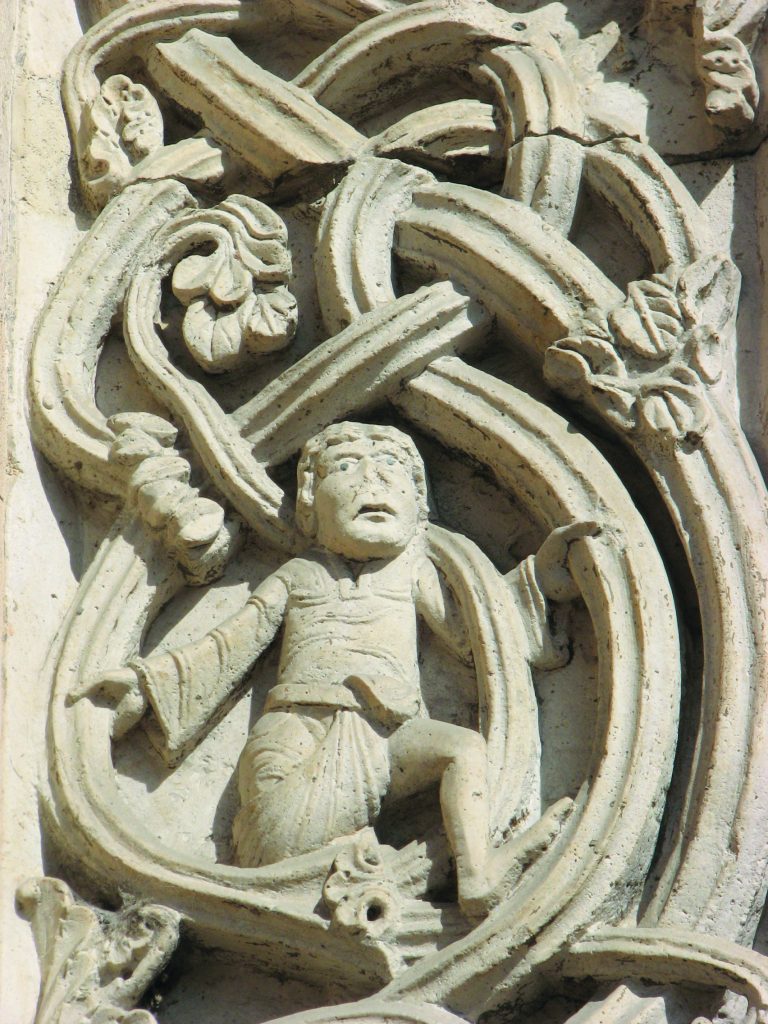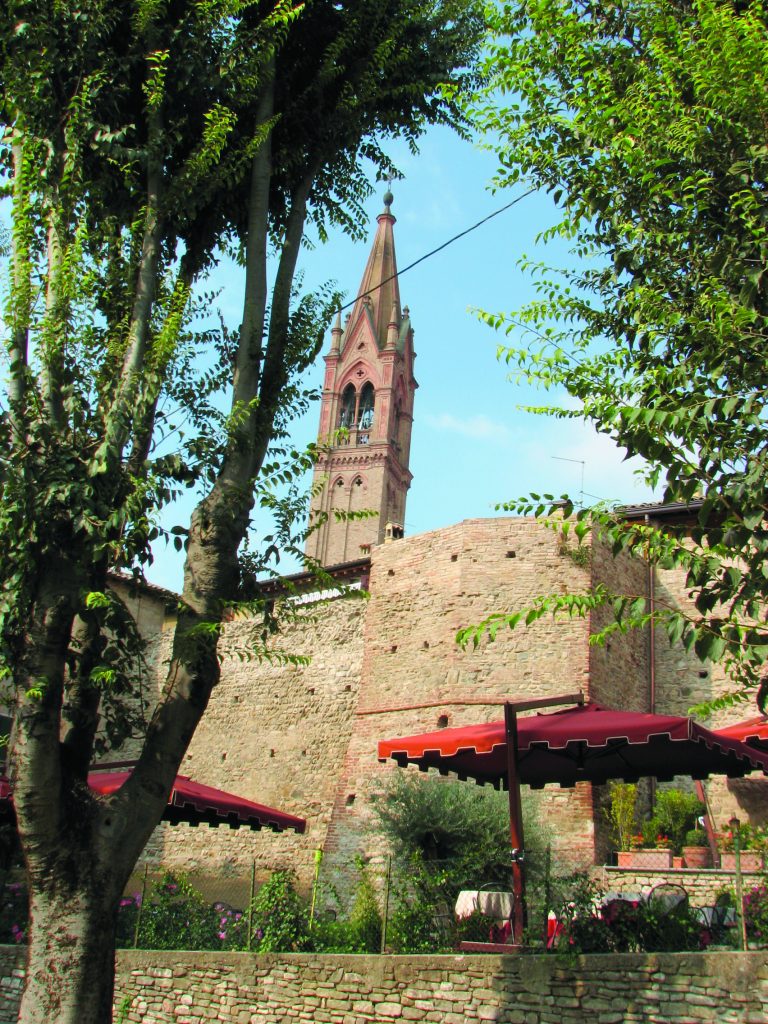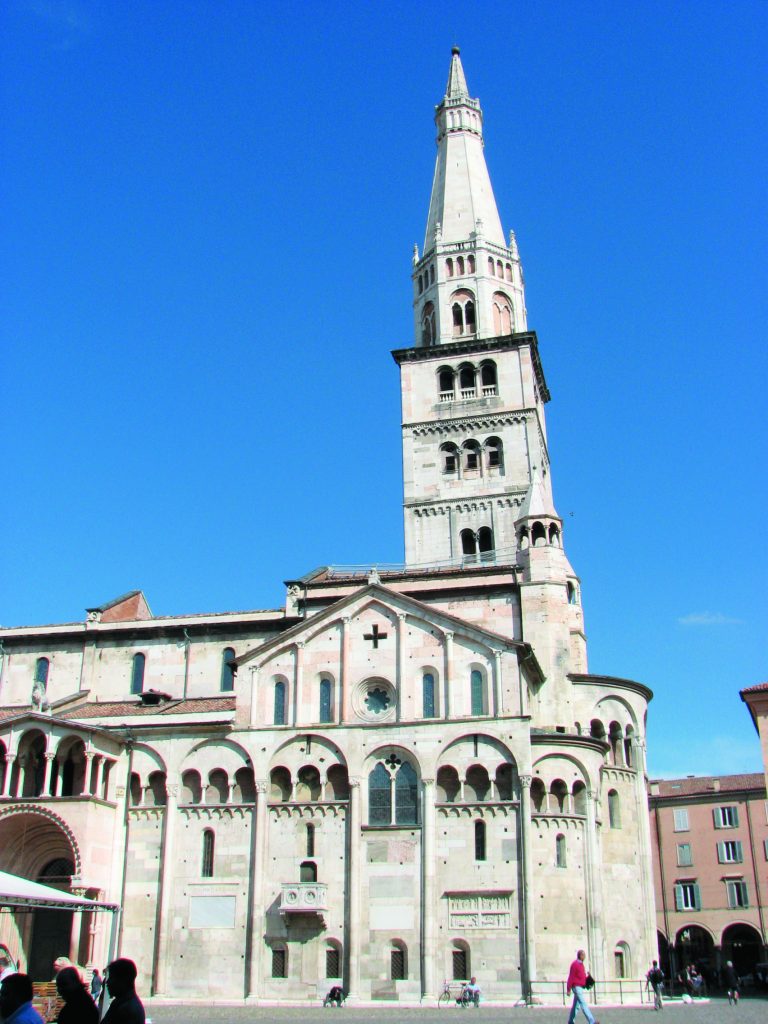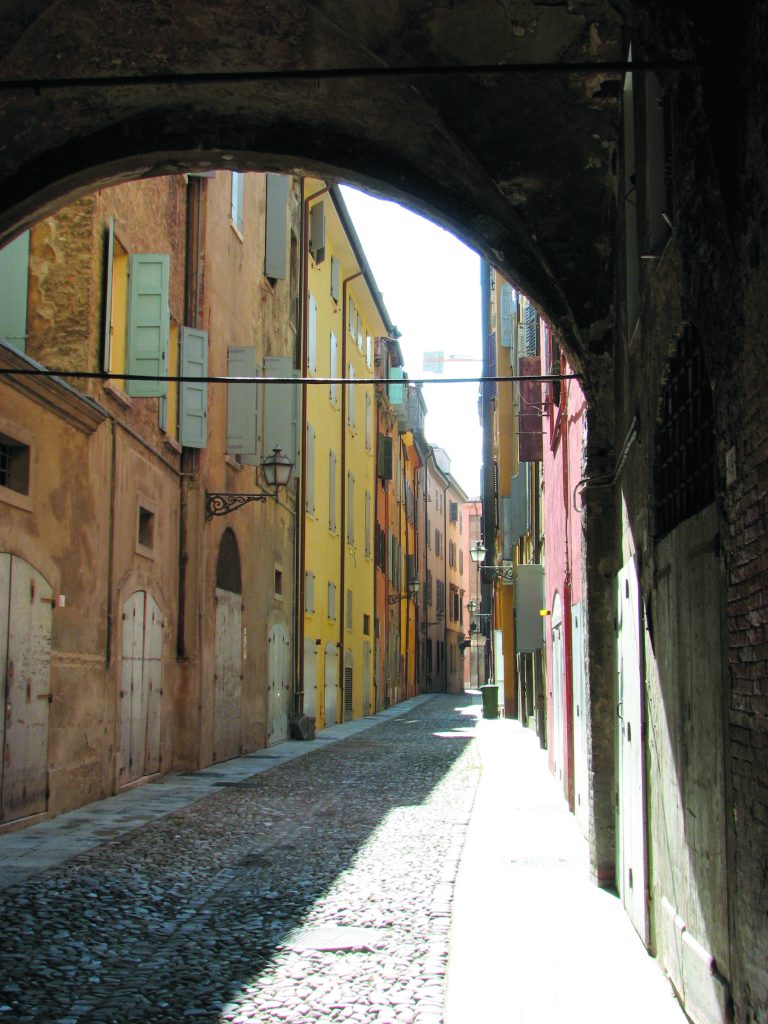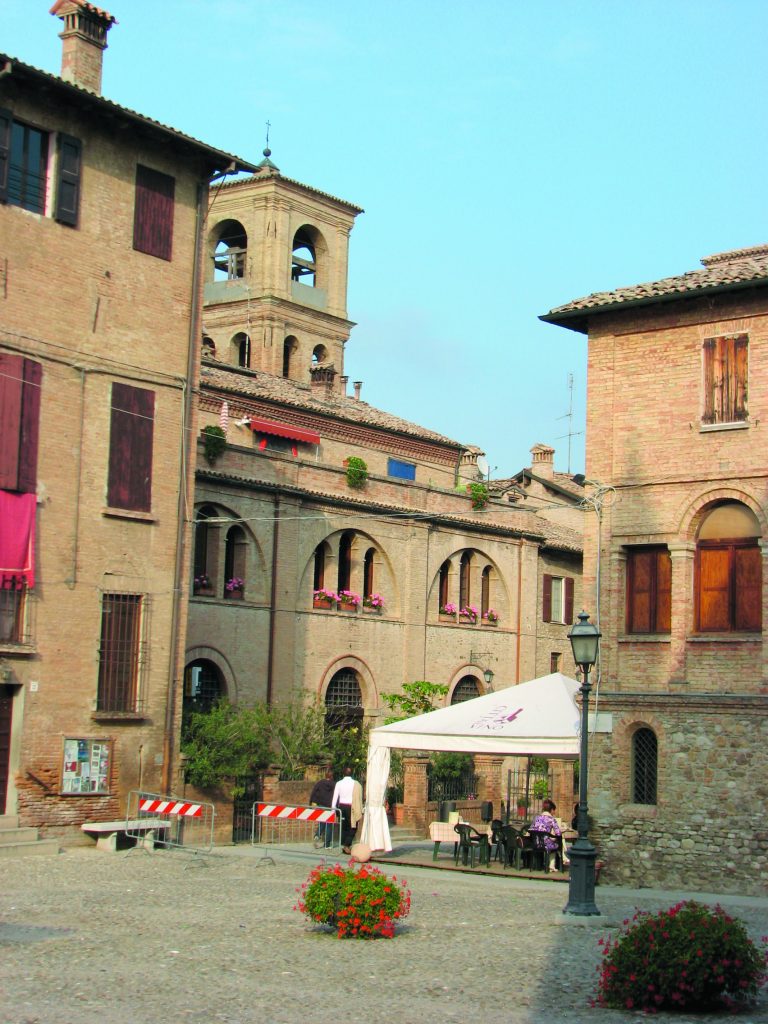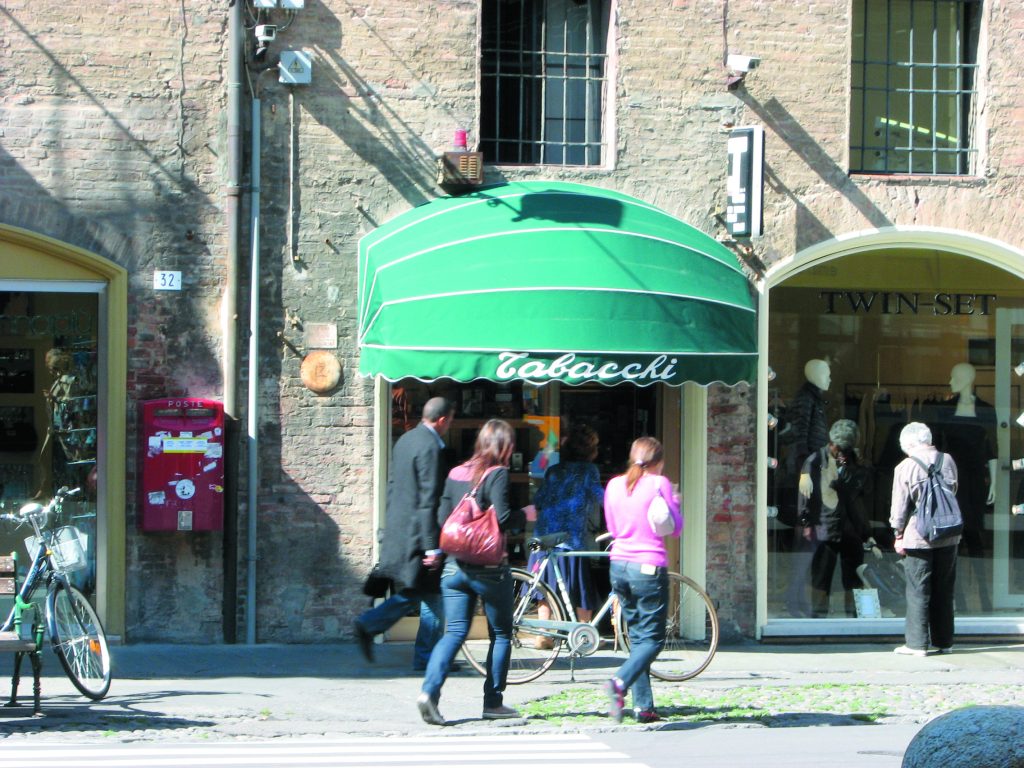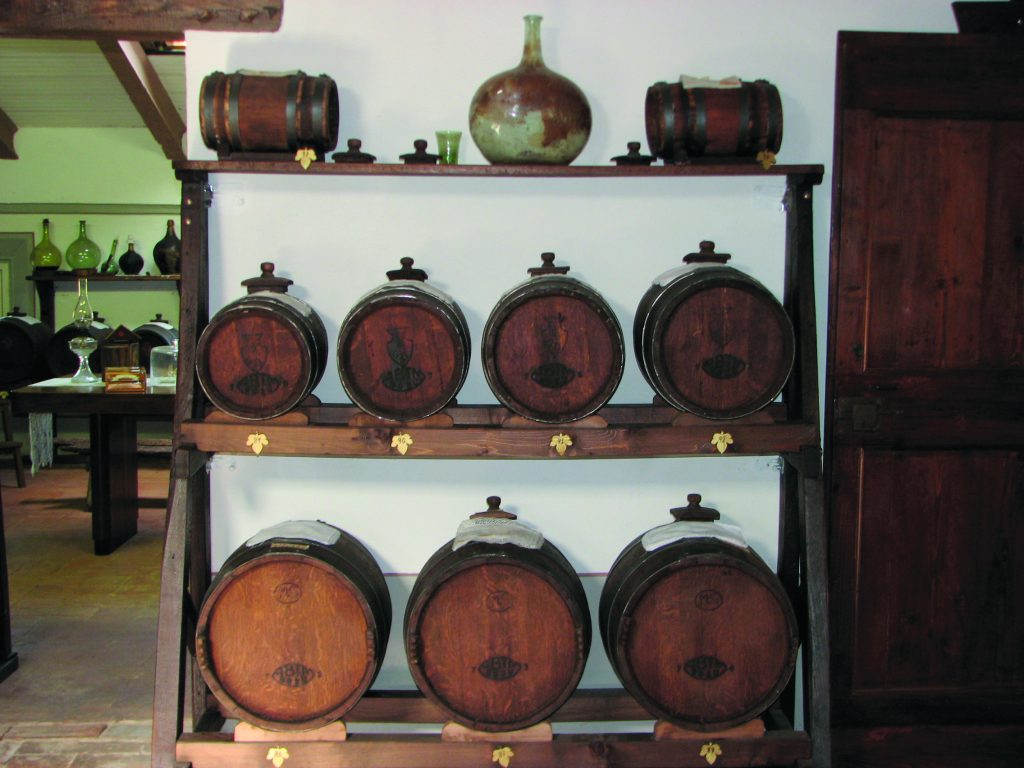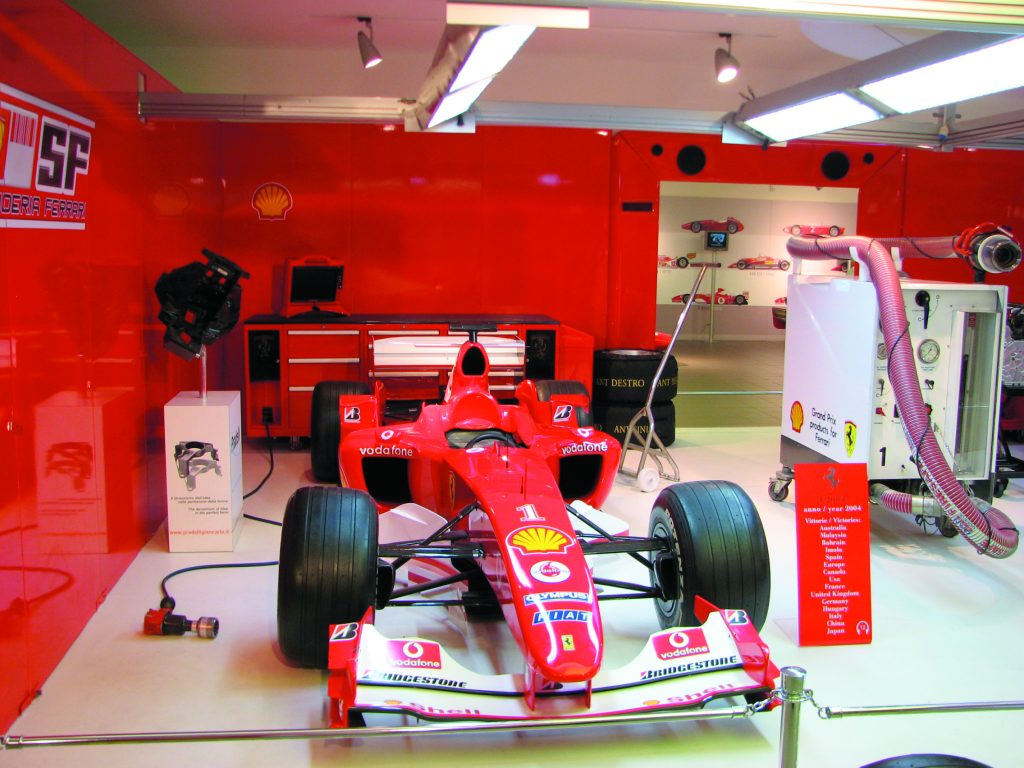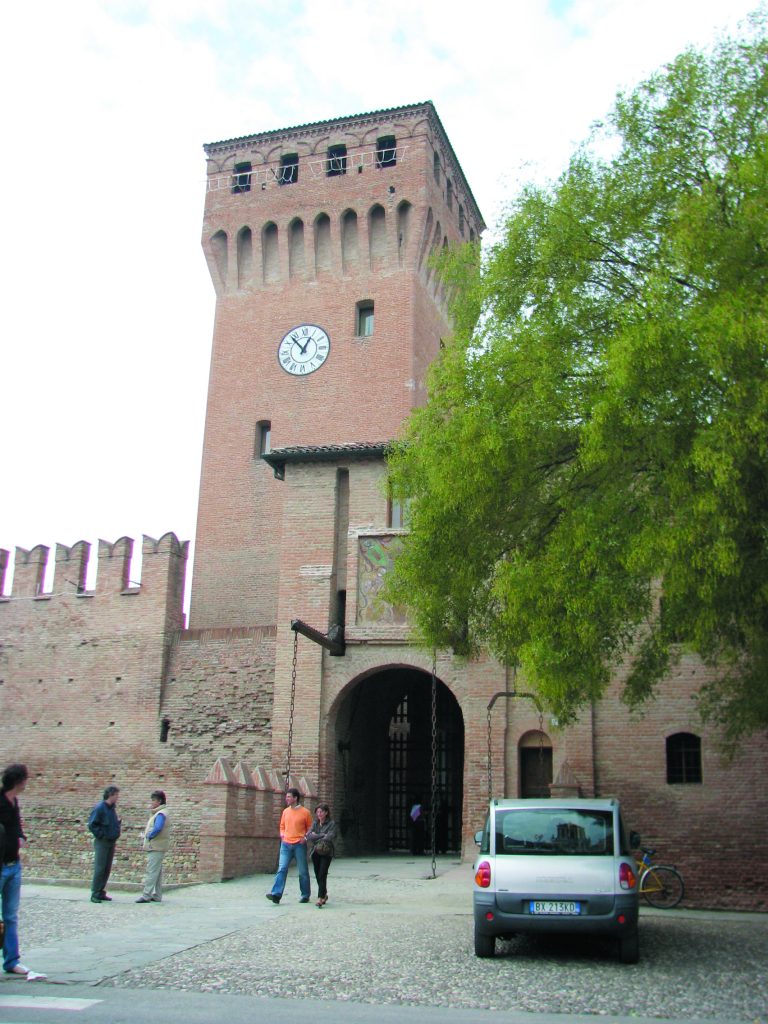Famous for making some of the world’s best cars, Modena is also at the heart of Italy’s Food Valley and can boast one of the nation’s most beautiful cathedrals. Sarah Lane explores…
The city of Modena has numerous claims to fame. It’s where the legendary Ferrari racing cars are made, it was the hometown of the late and great tenor Luciano Pavarotti and it’s also one of the Emilia-Romagna region’s great gastronomic cities, producer of balsamic vinegar among other things. But what is the real Modena like? Having lived in nearby Bologna for years I’d made brief forays into the city, but, apart from the cathedral, I knew little about the place. Even my partner, Malaga, a Bologna resident all his life, knew little more than I, so we set out on a trip of discovery. Arriving in the late afternoon we made for the main square, Piazza Grande, to see the cathedral as the sun set. It is one of the most attractive churches in Italy, boasting a number of fascinating medieval features.
Towering appeal
Building work began on the Romanesque cathedral in 1099 at a time when the city was without a bishop – the pope’s choice had not met with local approval – and it was the people of Modena who commissioned, oversaw and paid for the work. Many of the gleaming white stones covering the exterior of the brick structure are ancient Roman tombstones, as was discovered during restoration when inscriptions were found hidden on the inside. The carvings around the doors and other parts of the exterior were mostly done by Wiligelmo, an innovative sculptor of the time, who rendered his figures in a more lifelike fashion than the flat characters created by his Byzantine predecessors.
Although the facade was mostly covered due to ongoing restoration, the four fabulous bas-reliefs showing the story of Genesis could still be seen. Wiligelmo used lead to make the eyes of his figures more expressive and the piercing dark stares coming from the white stone have a surprising effect. Two lions dating from Roman times flank the main doors and another pair of lions, made from pink marble and several centuries more recent, guard the monumental door onto Piazza Grande. On the other side of the church, below the arch linking it to the Ghirlandina tower, you can see carvings of King Arthur and his knights, some of Aesop’s fables and an astonishingly clear 12-month calendar complete with the names of the months and the depiction of an agricultural task linked to each.
The pink marble sections of the cathedral were added in the 13th-14th centuries by a family of master masons called the Maestri Campionesi, who worked here for five generations. Their work is more Gothic, but fits in exquisitely with the simple Romanesque style of the original building. One unused slab of pink marble can still be seen in the corner of the square where it became used as a platform for orators. The Maestri Campionesi were also responsible for building the archway connecting the cathedral to the adjacent Ghirlandina tower in an attempt to stabilise the latter. The tower, always used for civic purposes and nothing to do with the church, has a definite lean, and when it was built work was halted for a couple of hundred years before the final section – leaning the other way to counterbalance it – was added.
Piazza Grande has always been the hub of city life and until 1931 when the covered market was built it was also Modena’s marketplace. The back wall of the cathedral bears a series of standard measures to put a stop to squabbles in the market, and there are even templates for the correct size and shape of roof tiles and bricks to be used for building work.
Gourmet delights
We reluctantly left the tranquil, protective atmosphere of the square, trying not to look too closely at the alluring bars where tempting aperitivo snacks were being set out. We’d been invited to the annual Grand Gourmet event in nearby Carpi that evening and still had to get ready. Among its sights, the attractive small town of Carpi boasts a square that at around 15,000sqm is the third largest in Italy. A huge marquee was set up to seat over 500 guests who would enjoy some excellent cuisine prepared by one of Italy’s top chefs. The evening was wonderful and the food exquisite and what we saw of Carpi certainly whetted our appetites. We vowed to return during the day to explore more.
Next morning, we spent time wandering between ochre and terra cotta-coloured buildings – nowadays, residents of central Modena are obliged to stick to the traditional shades – along cobbled streets and through pleasing piazzas. The ancient Roman road, Via Emilia, acts as a dividing line through the centre, with straight streets to the north and a more higgledy-piggledy setup south.
Situated on such an important artery (fundamental in ancient times) Modena thrived under the Romans, but then underwent a long period of relative anonymity until as late as 1598 when the ruling d’Este dukes made it their centre of power. The d’Este family’s former base of Ferrara had been reclaimed by the Papal states, but the dukes, who were to stay for 200 years, saw potential in Modena and set about revamping the town.
Their new home was the imposing Palazzo Ducale, which they built over the existing castle. It’s a vast palace, but, nowadays, as it hosts Italy’s prestigious military academy, it’s hard to visit. Booking is essential for days when the public is allowed in. We simply admired the splendid façade, which revealed a curious solution to a lack of funds. The right half is decorated with sculpted decorations, those on the left are merely painted. Behind the palace is a park open to the public – a great place to relax.
The balsamic tradition
One of the best things about Modena in general is the fantastically relaxed atmosphere that pervades the centre. It’s full of shops selling quality goods – a sign of Modena’s position as one of Italy’s wealthiest cities – and frequently busy with shoppers. But what is happily lacking is that frenetic air of rushing that you find in so many cities nowadays. We took a long lunch at a terrace table in one of the city’s most attractive squares, Largo San Giacomo. Along with the rest of the Emilia-Romagna region, Modena is proud of its fresh filled pasta, such as tortellini. The city is most famous for its tangy balsamic vinegar and is also proud of its Lambrusco wine, which is nothing like the varieties you find on supermarket shelves in the UK. Apparently it is a wine that hates to travel – enjoy it at its best in Modena.
After lunch, still with the taste of vinegar on our lips, we set out to see how the glossy brown liquid is made. L’Acetaia di Giorgio is on the outskirts of town in a house that has belonged to the family since 1850. Giorgio, Giovanna and daughter Carlotta live here and make balsamic vinegar in their loft according to local tradition. Giorgio, a tall former volleyball player who now works as a coach, showed us the rows of wooden barrels where the vinegar is made. At least five barrels are needed to make a set and each year a little of the final product is taken from the smallest barrel, which is topped up from the preceding one and so on along the line, as far as the first barrel into which some of the year’s grape must is added.
Seeing the curious rows of barrels – Giorgio has about 500 grouped into about 50 sets – and finding out more about the intricate processes and customs surrounding the tradition is fascinating. Families still set up a new group of barrels on the birth of a baby, particularly a daughter, and she takes it with her as a dowry when she weds. Carlotta’s set of balsamic vinegar barrels is dated 1986, the year she was born, but wedding bells are not imminent, her father assured us.
After saying goodbye to Giorgio and his multi-lingual wife, who was showing a group of French speakers around the balsamic vinegar loft, we headed further out of Modena towards Maranello and the Galleria Ferrari.
Although I’m not a motor freak, and Malaga is far more passionate about the two-wheeled variety, neither of us could deny the seductive pull of the legendary red cars, currently celebrating their 60th anniversary.
Addicted to speed
Approaching Maranello, the number of prestigious vehicles on the roads – such as Ferraris, but others too – multiplied and the gallery’s car park was like a foretaste of the displays inside. The ground floor of the futuristic building is dedicated to Formula One, with many trophies and cars, including Michael Schumacher’s, a reconstruction of a pit lane and a reproduction of Enzo Ferrari’s simply furnished study. The city of Modena has recently acquired the great man’s former home in Modena, which will eventually be opened to the public.
After admiring more of the Ferrari world in the extensive exhibition, we got back into our own humble vehicle to return to Modena and explore some of the city’s wine bars. Partly thanks to its student population – the city’s prestigious university was founded in 1175 – Modena has a good share of lively bars and restaurants.
Local attractions
We had a drink at Fusorari in Piazzale Torti, a new place aiming to be a meeting point for serious travellers. You can also eat here. Each weekend a chef from a different nation or region of Italy takes up residence for three evenings and serves a menu based on their own traditions. It’s a stimulating place with frequent events.
On our last morning in Modena we returned to the central Piazza Grande, to climb the Ghirlandina tower. You can’t go up the whole 87m, but there are fabulous views from the tower. On one of the lower floors of the tower look out for the curious suspended bucket. This is a copy of the unlikely trophy snatched by Modena from arch rivals Bologna in 1325 to symbolise their having finally gained the upper hand. You can see the original bucket – la secchia – opposite the tower in the Palazzo Comunale, where it’s kept in an alarmed display cabinet. Such is the significance of the bucket in local folklore, Modena-born poet Alessandro Tassoni wrote an epic poem on the saga 300 years after the event!
Leaving Modena to return to our home in its historic rival city, Bologna, we stopped off at Vignola to visit one of the many castles to be found throughout the province of Modena. The small town of Vignola is dominated by an impressive fortification, parts of which are said to date from the ninth century.
The castle used to be frescoed both inside and out, and although little remains of the external paintings, the interior is a stunning succession of rooms decorated in vibrant colours. Another great feature is the rampart walkways with fabulous views over the surrounding area, which is particularly famous for its cherry farming.
In springtime people come from miles around to enjoy the sight of the cherry trees in bloom, and the cherries themselves are also exceptionally tasty – a delicious end to a feast that is 48 hours in and around Modena.

